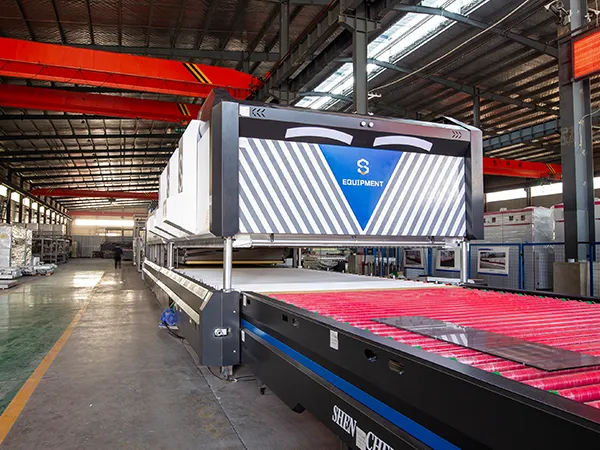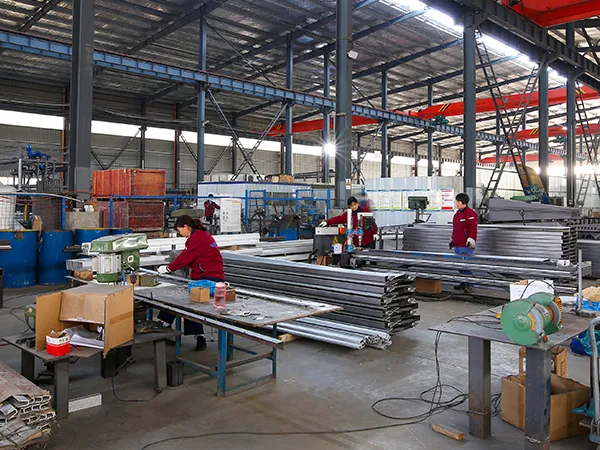What are the properties of tempering furnaces for the architectural glass industry?
Tempering furnaces for the architectural glass industry are designed to meet strict performance, safety, and quality standards. And the key properties of tempering furnaces specifically designed for the architectural glass industry. These furnaces are distinct due to the scale, quality requirements, and types of glass used in buildings.
Performance of tempering furnaces for the architectural glass industry

Large Size Capacity:
Architectural glass often comes in large sheets (standard float sizes, jumbo sizes). Furnaces must accommodate dimensions frequently reaching 3.3 meters wide and 6, 7, or even 12+ meters long.
The transport system (rollers) must be robust enough to handle the weight and dimensions of these large lites without causing damage or excessive deflection.
Advanced Convection Heating:
Crucial for Coated Glass (Low-E): Modern architectural glass heavily utilizes Low-E (low-emissivity) coatings for energy efficiency. These coatings reflect infrared heat. Pure radiation heating struggles to heat coated glass evenly and efficiently without overheating the coating.
Forced Convection: These furnaces employ powerful forced convection systems (using heated air) alongside radiation. This allows for:
Faster heating cycles.
More uniform temperature distribution across the glass surface and through its thickness, regardless of coatings.
Reduced risk of overheating and damaging sensitive soft coatings.
Better processing of thicker glass.
Types of Convection: Can be top convection only, or more commonly, top and bottom convection for maximum efficiency and uniformity. Some use compressed air-assisted convection for even higher heat transfer rates.
Precise Temperature Control and Uniformity:
Achieving a consistent temperature (around 620-650°C / 1150-1200°F) across the entire large sheet is critical for avoiding optical distortion and ensuring proper tempering.
Sophisticated control systems use numerous thermocouples and/or pyrometers to monitor glass temperature in multiple zones within the furnace.
Advanced algorithms adjust heating elements (and convection flow) dynamically to ensure uniformity, compensating for edge effects or variations in glass loading.

High-Performance Quenching System:
The quenching (rapid cooling) section uses high-pressure air blown through precisely positioned nozzles (top and bottom).
Must deliver powerful, uniform, and controllable airflow across the entire glass surface to create the necessary surface compression for strength and safety fragmentation.
Control over air pressure, nozzle distance, and potentially oscillating patterns is needed to optimize quenching for different glass thicknesses and types, minimizing distortion.
…
For more detailed information on the properties of tempering furnaces in the architectural glass industry, please click here: https://www.shencglass.com/en/a/news/performance-of-tempering-furnaces-for-the-architectural-glass-industry.html

